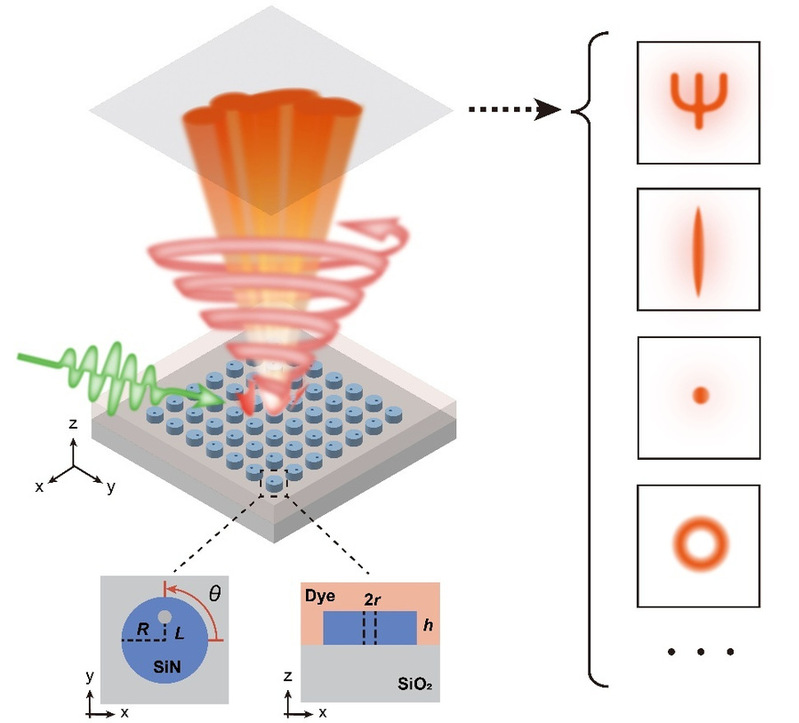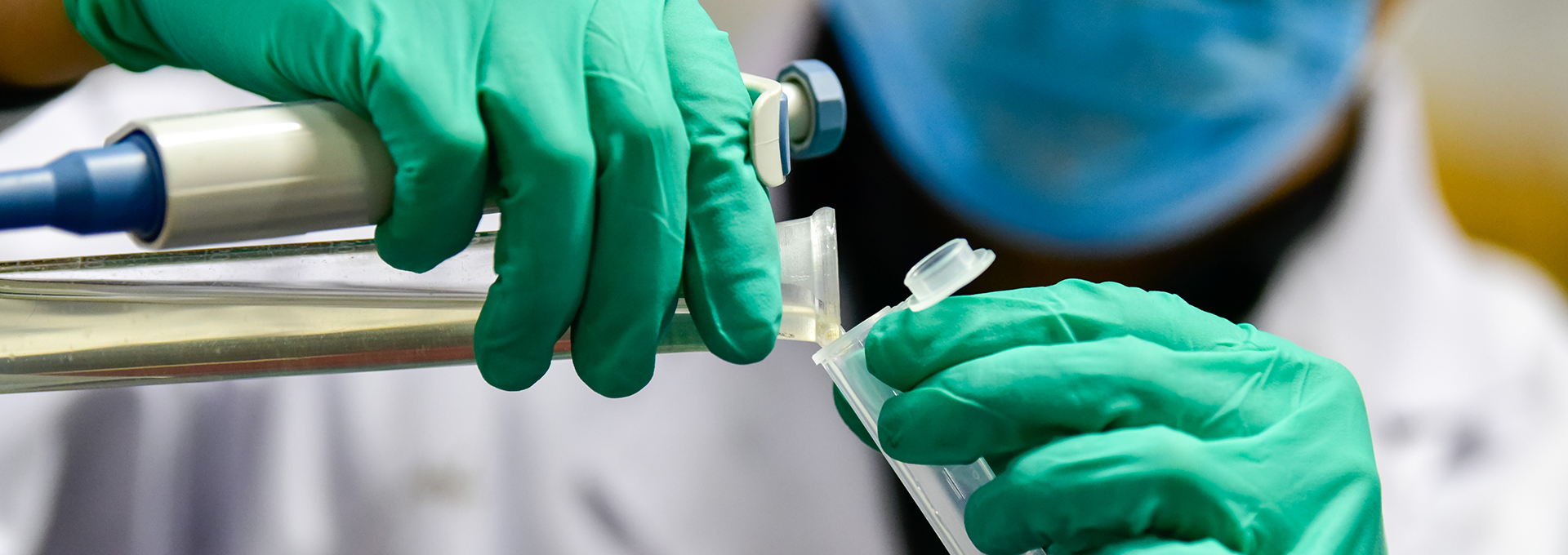A research team led by Professors Qinghai Song and Shumin Xiao from the Shenzhen Campus of Harbin Institute of Technology (HIT) has achieved a significant breakthrough in laser technology, developing a novel metasurface laser system - metalasers - that can freely shape laser emission wavefronts without bulky external optics.
Their study, titled Metalasers with Arbitrarily Shaped Wavefront, was published in Nature. This achievement enables unprecedented freedom in shaping laser wavefronts, marking a shift from “fixed patterns” to “freely customized” laser outputs, and greatly expanding potential applications in communications, computing, sensing, imaging, and beyond.
Conventional lasers require additional optical components to control beam patterns, limiting flexibility and increasing system complexity. The HIT team overcame these challenges by integrating silicon nitride nanodisks (Si₃N₄ nanodisks) with eccentric holes into the laser cavity, introducing a geometric phase that precisely defines the wavefront. This innovation enables direct generation of focal spots, focal lines, vortex beams, and holographic patterns while achieving exceptionally low speckle noise, potentially solving a long-standing problem in laser holography.

The research compresses the traditional “laser + optics” setup into a single-layer nanophotonic structure, and for the first time in holography, eliminates speckle noise while preserving image fidelity. The physical concepts and technical approaches developed here may be further extended to other nanophotonic devices, potentially redefining how coherent light sources are generated and applied.
HIT’s Shenzhen Campus is the first affiliation and corresponding institution for this paper. Postdoctoral researcher Yixuan Zeng and PhD candidates Xinbo Sha and Chi Zhang are co-first authors. Professors Qinghai Song and Shumin Xiao (HIT Shenzhen Campus), Academician Shaohua Yu (Pengcheng Laboratory), and Professor Yuri Kivshar (Australian National University) are the corresponding authors.
Article link: https://www.nature.com/articles/s41586-025-09275-6

